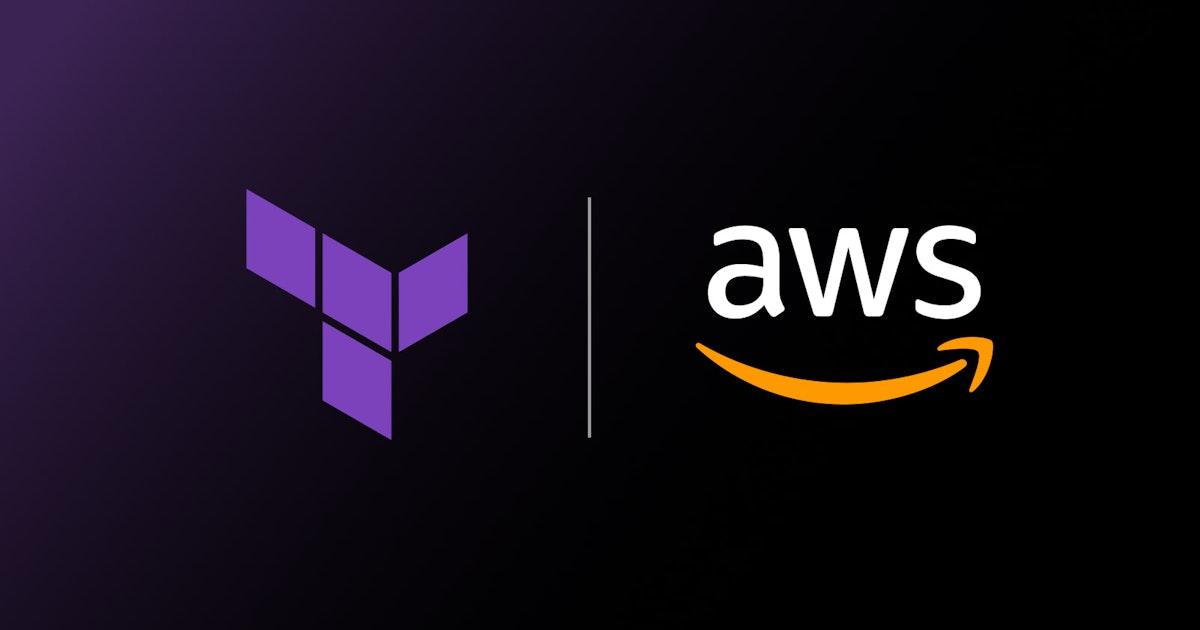How to Start Consolidating Your Cybersecurity Tools Analysis Report
5W1H Analysis
Who
Primary stakeholders include cybersecurity teams, IT departments, and specifically a healthcare company that has effectively implemented the consolidation strategy. Industry players within the cybersecurity sector and platform providers are also involved.
What
The focus is the practical roadmap laid out to consolidate cybersecurity tools and platforms. The event is the successful application of this strategy by a healthcare company to streamline their cybersecurity operations from a fragmented to an integrated, strategic approach.
When
The roadmap discussed in the context of the publication on 27th May 2025. The consolidation process is a contemporary topic with relevance extending into recent technological transformations over the past year.
Where
While specific geographic locations are not explicitly mentioned, the implications are global, with a primary focus on industries with substantial cybersecurity needs, like healthcare, which are predominantly tech-centric markets.
Why
The consolidation is driven by the need to reduce the complexity and costs associated with managing multiple cybersecurity tools, as well as to enhance the efficiency and effectiveness of security measures by integrating tools and platforms.
How
The process involves assessing current cybersecurity infrastructures, identifying overlapping functionalities, and strategically merging toolsets into fewer platforms that provide comprehensive, robust protection. This involves stakeholder engagement, strategic planning, and often, transitioning to cloud-based or integrated service platforms.
News Summary
A healthcare company has demonstrated effective consolidation of cybersecurity tools by following a strategic roadmap. The consolidation aims to reduce the complexity, cost, and fragmented nature of existing security frameworks, enhancing efficiency and security through a streamlined, integrated platform. With the backdrop of recent digital transformations, this process is timely and relevant across industries reliant on robust cybersecurity infrastructures.
6-Month Context Analysis
Over the past six months, there has been a noticeable trend among enterprises to pivot from expansive cybersecurity ecosystems to more streamlined, efficient systems. This shift is partly in response to the evolving threat landscape and the increased demand for cost-efficiency amidst economic pressures. Similar initiatives have been observed in sectors like finance and retail, where the reliance on robust cybersecurity is critical.
Future Trend Analysis
Emerging Trends
The consolidation trend highlights a growing preference for integrated cybersecurity platforms. There is likely to be increased adoption of cloud-based security solutions and AI-driven security analytics that simplify system management and enhance threat detection capabilities.
12-Month Outlook
It is anticipated that more industries will follow suit, particularly those experiencing rapid digital transformations. Healthcare and finance are expected to lead this transformation due to their high stakes in securing sensitive data.
Key Indicators to Monitor
- Adoption rates of integrated cybersecurity platforms - Cybersecurity expenditure trends in major industries - Deployment speed of cloud-based security solutions - Reports of cybersecurity breaches and response effectiveness
Scenario Analysis
Best Case Scenario
Successful consolidation results in enhanced security and significant cost savings, improving resilience to cyber threats and increasing competitive advantage for early adopters.
Most Likely Scenario
A gradual industry shift towards integrated platforms, where companies initially consolidate the most redundant tools, progressively adopting comprehensive solutions over the next few years.
Worst Case Scenario
Resistance to change or poor implementation could lead to security gaps, increased operational risks, and even higher costs due to inefficient integration processes.
Strategic Implications
- Stakeholders should perform comprehensive cybersecurity audits to identify redundancy. - Adopting enhanced training for IT and cybersecurity teams to manage new integrated systems is crucial. - Monitoring industry benchmarks for cybersecurity consolidation could provide strategic insights into competitive advancements.
Key Takeaways
- Healthcare and other data-sensitive industries must lead in adopting integrated cybersecurity solutions.
- Consolidation can significantly reduce costs and enhance security efficiency.
- Collaboration between IT and security teams is vital for successful consolidation.
- Monitoring industry trends and integrating emerging technologies like AI can amplify security effectiveness.
- Proactive consolidation can create long-term competitive advantages.













Discussion